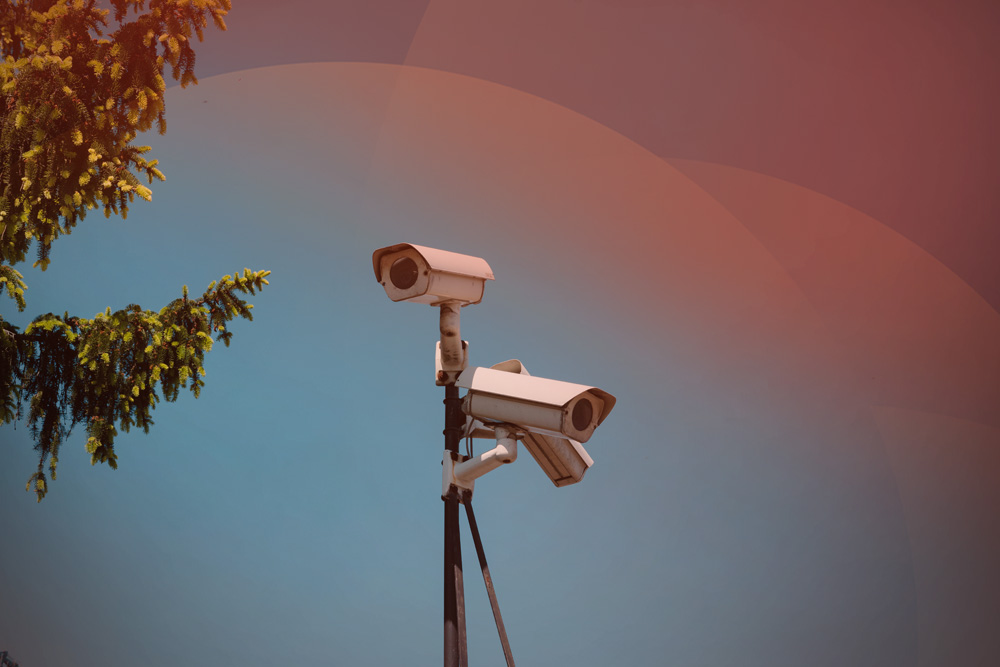I have been quite shocked to hear of the growing use of surveillance software to check up on people who are working from home to be sure they are working.
I have also heard, at first hand, that in one organisation the use of such software has been prompted by the team members themselves who want to be sure their colleagues are pulling their weight. Hardly a recipe for trust and collaboration.
I can’t speak for all types of businesses, but it seems to me that software surveillance is just another form of presenteeism.
We all work at different levels of intensity and at a different pace. We can be sitting at our computers unproductively. Or churning out average work. Or we can be producing high quality results, something that makes a difference and adds value.
We have for decades now needed to be savvier at how we assess the achievement of results. Jobs and rewards need to be defined around outputs and quality. Then part-time workers won’t be regarded as less productive, or less committed and that other great chestnut of women not being able to commit to both work and family will be shown to be ridiculous. Most of all, however, knowing how to assess on results will drive high standards and high performance. When and for how long you are working will become irrelevant.
The starting point for this is being able to answer the critical question: what is the difference between good and great? Our online course ‘Leading Virtual Teams’ is designed in ‘episodes,’ so you can dip into it, as and when, for ideas on how to manage and motivate remote workers, including how to set the difference between good and great. It is a great resource to have available for your team leaders.
Email us about the course©Janice Caplan 2020

